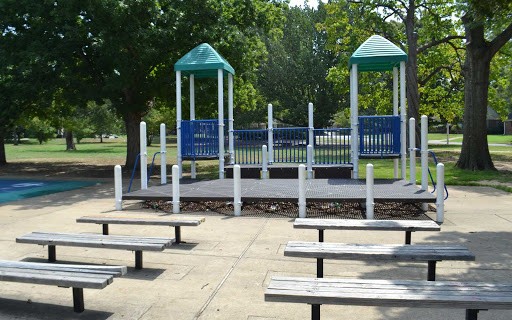
Out of the country’s 100 largest cities, Memphis ranks 88 when it comes to parks, according to one group’s annual report on the country’s best park systems.
The Trust for Public Land nonprofit ranks parks in the country’s 100 most populous cities based on accessibility, investment, acreage, and amenities.
Memphis’ park system, comprising 194 parks, dropped one spot on the list from last year, but is still up three points from the 91st ranking Memphis received in 2018.
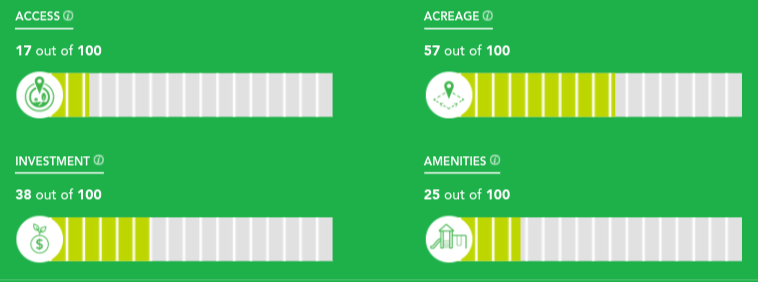
Memphis’ highest score was in acreage, where it earned 57 out of 100. That number is calculated based on median park size and the percentage of the city’s land dedicated to parks. The median size of parks here is 10 acres, nearly twice the national average of 5.2 acres. But only 5 percent of the land is used for parks and recreation, while the national median is 15 percent.
Memphis scored significantly lower in the investment category, with 38 out of 100. That score is based on the amount of public and nonprofit spending that goes toward parks, as well as the number of hours volunteers invest in parks. Memphis invested $76 per capita. For comparison, Minneapolis, which scored a perfect 100 in the investment category, spent $318 per capita.
Lower still, is Memphis’ amenity score — 25 out of 100. The group awards points in this category based on the availability of six key park amenities. The amenities include basketball hoops, off-leash dog parks, playgrounds, recreation and senior centers, restrooms, and splash pads.
Based on the report, there are 2.9 basketball hoops, 1.8 playgrounds, and .1 restrooms in parks per 10,000 residents. There are .5 splash pads and .6 dog parks per 100,000 residents. Recreation and senior centers rank in the highest percentile with .9 centers per 20,000 people.
Finally, in the access category, Memphis scored the lowest — 17 out of 100, dropping three points from last year. Accessibility is determined by the percentage of the population living within a 10-minute walk or a half mile of a park. Here, 46 percent of residents live within that proximity to a park. The national average is 55 percent.

The report also breaks down accessibility based on demographics. It found that more low-income households here are within a 10-minute walk of a park than both middle- and high-income households. Only 17,378 middle-income households, compared to 54,554 low-income households, are located within a 10-minute walk of a park.
Memphis Mayor Jim Strickland is one of more than 260 mayors across the country who have joined the Trust for Public Land’s 10 Minute Walk campaign. Organized in partnership with the National Recreation and Park Association and the Urban Land Institute, the campaign aims to bring a park within a 10-minute walk to every household in the country by 2050. The campaign urges mayors to adopt long-term strategies to improve equitable access to quality parks.
The report lists five ideal quarter-mile-radius areas for new parks here. Those locations are near the intersections of Getwell and New Willow, Kirby and Mt. Moriah, Goodlett and Winchester, Perkins and Winchester, and Macon and Jackson.
Based on this year’s report, the U.S. city with the best park system is Minneapolis, followed by Washington D.C., St. Paul, Minnesota, and Arlington, Virginia.
Cities with the lowest-ranked systems include Oklahoma City, Charlotte, and Baton Rouge. Explore the report here.
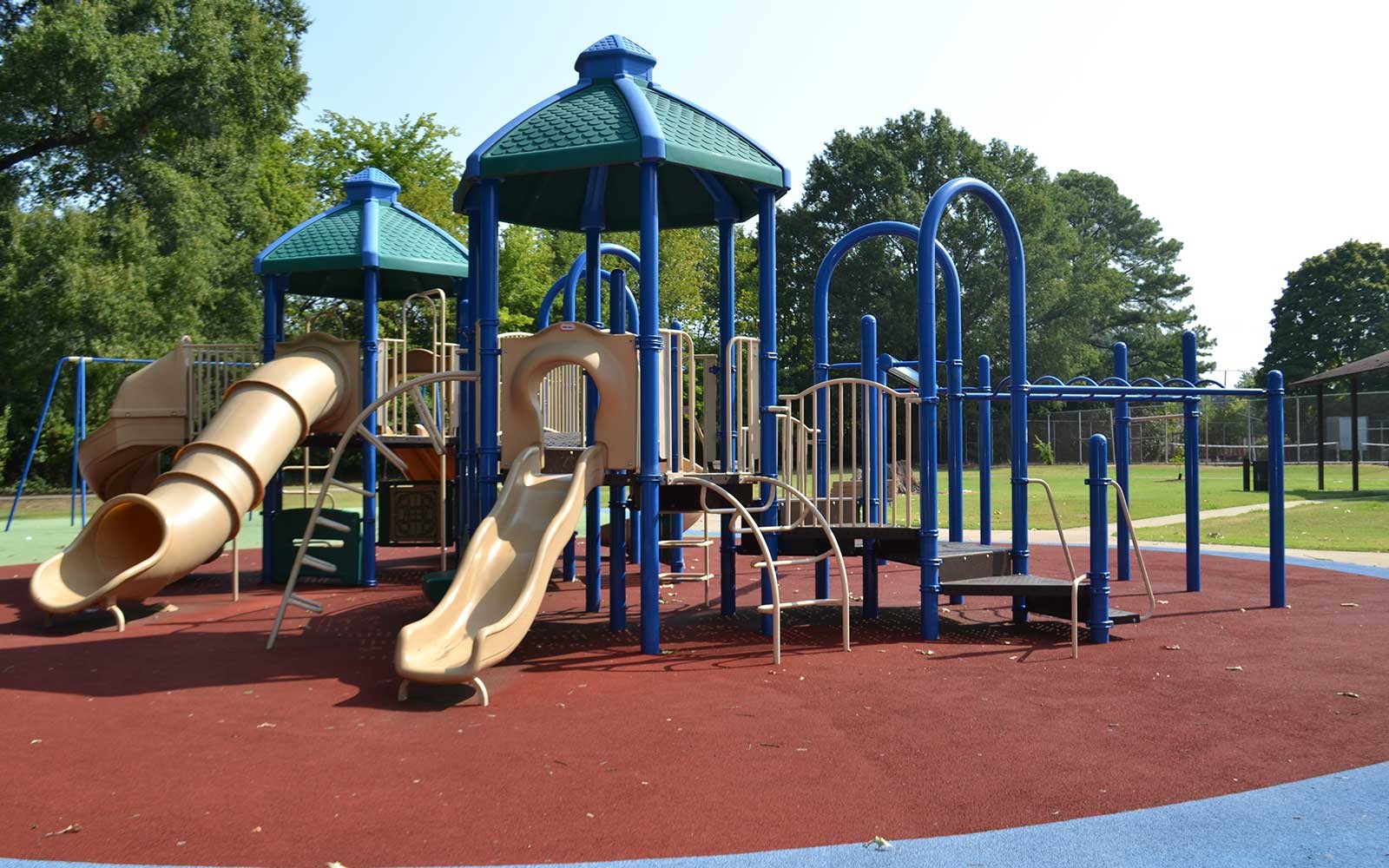 City of Memphis
City of Memphis 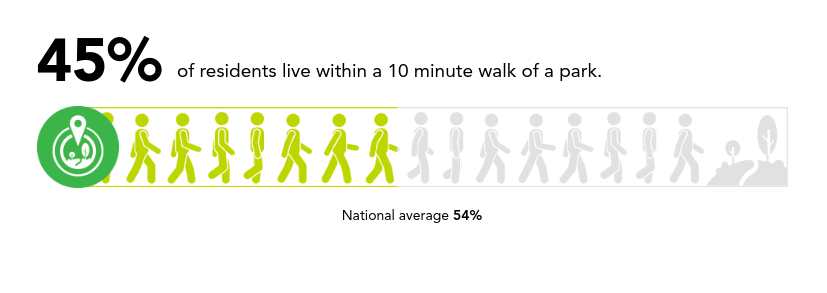 Trust for Public Land,
Trust for Public Land, 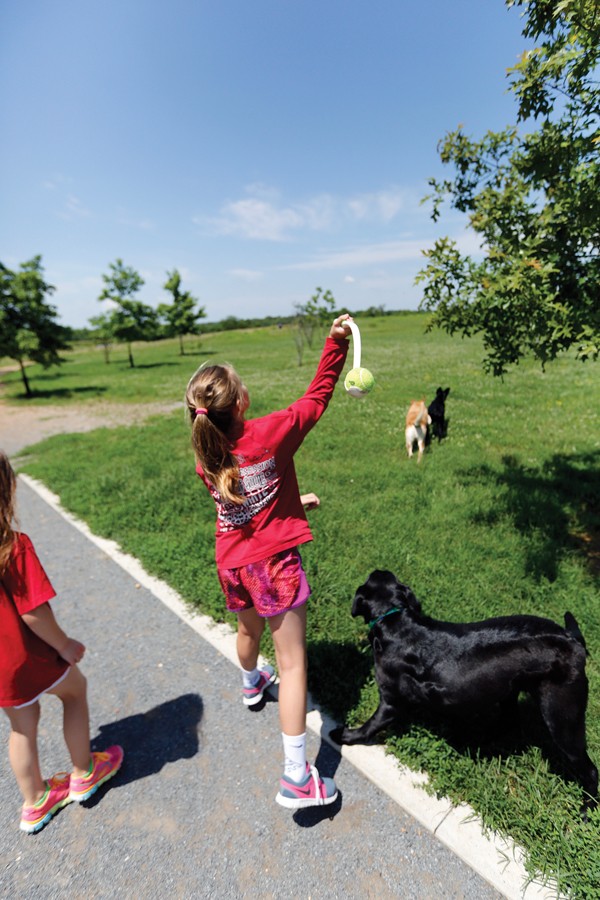 Justin Fox Burks
Justin Fox Burks 